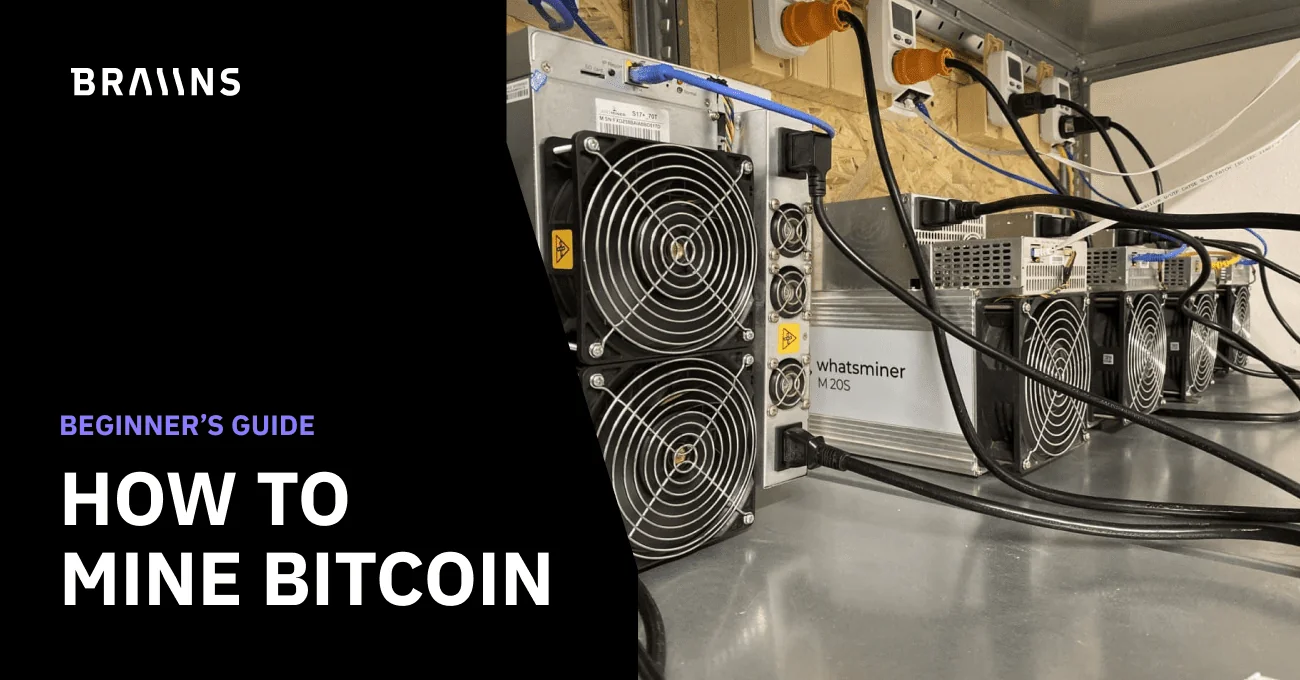How To Mine Bitcoin 2025: A Beginner’s Guide To Mining BTC
Bitcoin Mining is the process by which new bitcoins are introduced into circulation and transactions are verified and added to a public ledger, known as a blockchain, through advanced hardware that can solve complicated cryptographic puzzles. Here’s everything you need to know about Bitcoin mining and how to get started.
Bitcoin mining is an important activity that supports the blockchain network, which underpins Bitcoin’s functionality and security. It involves participants using powerful computers to solve cryptographic puzzles, a process centered around adding transactions to the blockchain and introducing new bitcoins into circulation. This computational effort guarantees the integrity and chronological order of the blockchain, making the network more secure and reliable.
What is Bitcoin Mining?
Bitcoin mining is the process of validating and recording transactions on the Bitcoin network. Bitcoin mining serves two purposes: verifying transactions to avoid fraud and adding new blocks to the blockchain, which creates new Bitcoins in a decentralized manner.
Key Takeaways:
- Bitcoin mining is the process of verifying new transactions against the Bitcoin network, resulting in the creation of new bitcoins.
- Bitcoin mining is the process of digitally validating Bitcoin transactions and adding them to the blockchain ledger.
- It is accomplished by solving complex cryptographic hash puzzles to validate blocks of transactions that are updated on the decentralized blockchain ledger.
Solving these puzzles necessitates significant computational power and advanced equipment. In exchange, miners are rewarded with Bitcoin, which is then released into circulation, thus the name Bitcoin mining.
Also Read: How to Earn Bitcoin Introducing A Beginner’s Guide
How Does Bitcoin Mining Work?
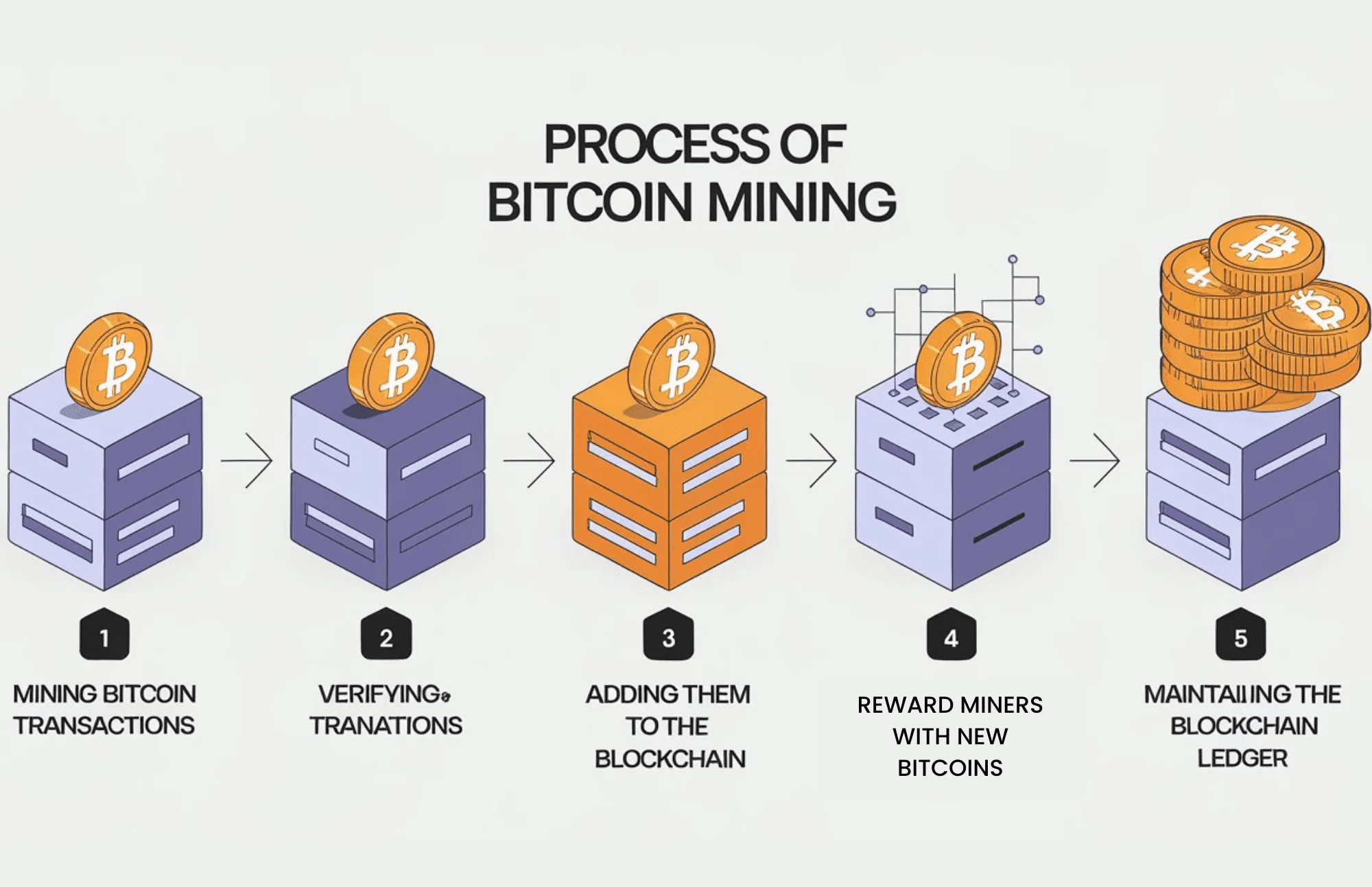
This is a condensed illustration of the mining procedure. Suppose you invite friends to predict a number from 1 to 100. Your friends only need to be the first to predict a number that is less than or equal to your number; they don’t need to guess the exact number. A friend who guesses more than 19 loses if you think about the number 19 and they come up with 21 and then 55 and 83. However, they are given another chance to estimate, and the subsequent guesses are 16, 41, and 67. Since they were the first to guess a number less than or equal to 19, the person who picked 16 wins.
In this case, your friends’ arbitrary estimates are the miners’ predictions, and the number you selected—19—represents the target hash that the Bitcoin network generates for a block.
The same concept, but on a much greater scale, is bitcoin mining. To protect and validate transactions, it makes use of technology, distributed computing, encryption, and cryptography. These are the key concepts that underpin mining.
1: The Hash:
The hash is central to Bitcoin mining. The information in a block is sent via the SHA256 hashing algorithm, producing a 64-digit hexadecimal number known as the hash. By pasting some material into an online SHA256 hash generator, you can create a hash in less than a second, demonstrating how quick this step is. Bitcoin generates a block hash using this encryption technique. The challenging part, though, is decrypting the hash back to the material you pasted because, even with modern machinery, a 64-digit hash can take eons to decode.
For example, here’s a hash for the previous paragraph run through a hash generator:
a54f83a5db7371eeefa2287a0ede750ac623e49a8ba29f248eb785fe0a678559
When you alter a single value in that material, such as changing a “t” to a “a,” the hash is altered. The first word in this passage is spelled incorrectly as “Aa” rather than “At”:
fbfa33ff980d1492b3a9275a1eb945d89bd6b699ca19c3c470021b8f253654af
This number, known as the block hash, is a component of the data that is encrypted and is used in the header of the following block. The hash of the previous block is used by each block, acting as a link between them. The word “blockchain” originated from this.
2: Target Hash:
The target hash, used to determine mining difficulty, is the number miners are trying to solve. This number is a hash generated by the network.
So, a block hash might look like this (block 786,729):
The target hash looked like this:
0x175c739
This number is a compacted representation of the difficulty target:
0…000005c73900000…0
Advantages of Bitcoin:
The following are some of the major advantages of using Bitcoin versus other currency systems:
- No Seizures by Third Parties: Bitcoins cannot be seized since the transaction database is duplicated several times. The most someone can do is compel the user to transfer the bitcoins to another person using some other method. As a result, Bitcoin users will have total freedom to do whatever they wish with their money because governments cannot freeze someone’s riches.
- No taxes: Since a third party cannot intercept Bitcoin transactions, there is no practical method to impose a Bitcoin taxation system. A voluntary contribution of a proportion of the total amount sent as tax is the sole option to pay taxes.
- No Tracking: Transactions cannot be linked to users unless they make their wallet addresses publicly available. Only the owners of the wallet will be aware of their Bitcoin holdings. A new wallet address can be created with ease, even if the wallet address was made public. Compared to traditional money systems, where third parties could have access to personal financial data, this significantly improves privacy.
- No Transaction Fees: Users must keep the Bitcoin client open and connected to other nodes to send and receive Bitcoins. In essence, users will share the burden of allowing transactions by contributing to the network through the usage of bitcoins. Transaction costs become insignificant when this work is shared because it significantly lowers them.
- No risk of “charge-backs”: Once Bitcoins are sent, the transaction cannot be reversed. Bitcoin ownership addresses will be moved to the new owner, and once changed, they cannot be reversed. Only the new owner has the accompanying private key, thus he or she can change ownership of the coins. This assures that there is no risk involved in getting Bitcoin.
- Bitcoins cannot be stolen: Bitcoin’s ownership address may only be altered by the owner. No one can steal Bitcoins unless they gain physical access to the user’s computer and transfer the coins to their account. Unlike traditional currency systems, which require only a few authentication information to gain access to funds, this system necessitates physical access.
What Is Blockchain Technology?
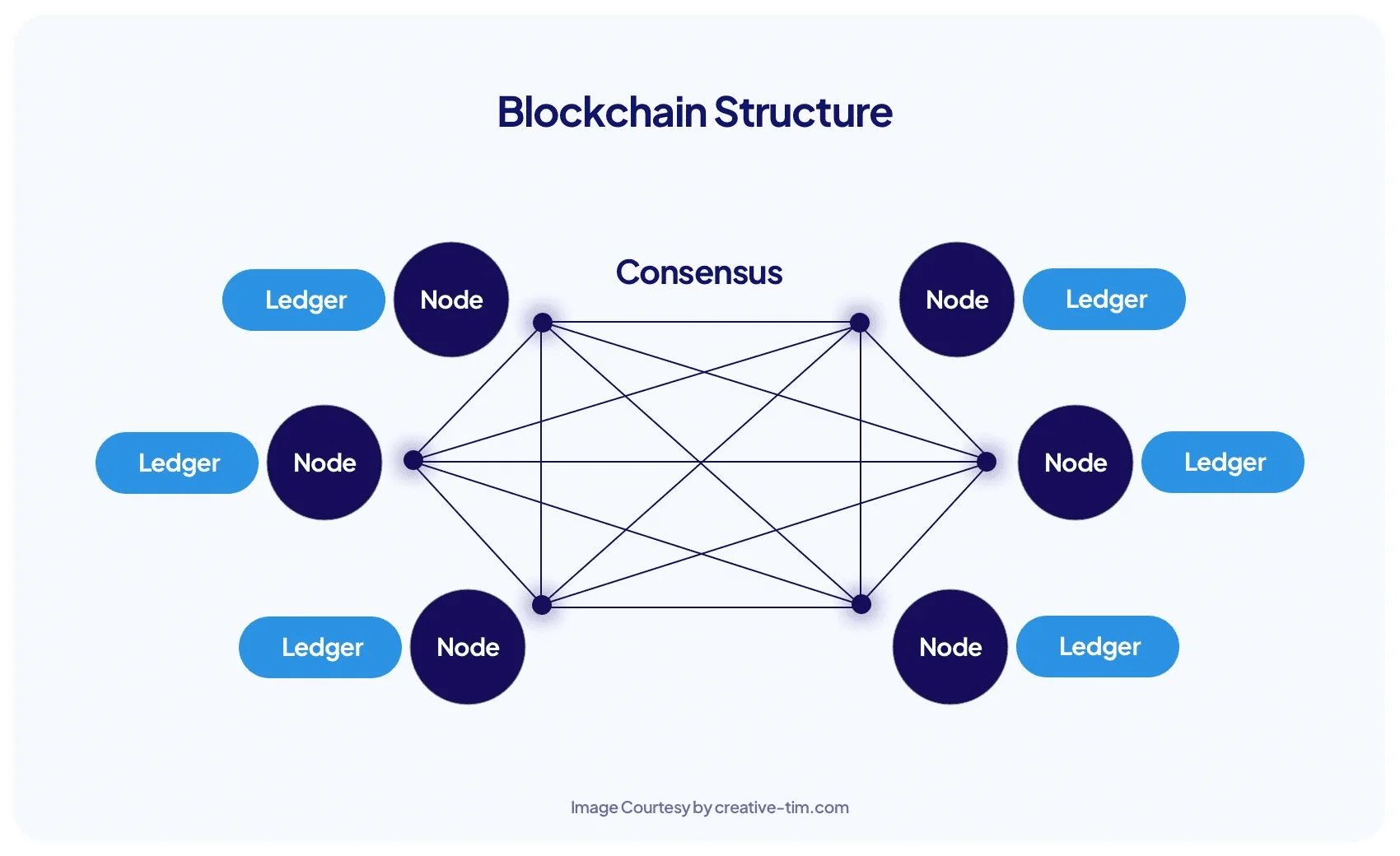
Blockchain technology is an innovative database technique that enables transparent information sharing across a business network. A blockchain database holds data in blocks connected together in a chain. The data is chronologically consistent since deleting or modifying the chain requires network consensus. As a result, you can utilize blockchain technology to generate an unchangeable or immutable ledger for recording orders, payments, accounts, and other transactions. The system includes built-in measures to prevent unauthorized transaction entries and maintain consistency in the shared view of these transactions.
A block contains four major fields or attributes:
- Previous hash: This attribute contains the hash value of the previous block, and it is how the blocks are connected to each other.
- Data: This is the aggregate set of transactions included in this block — the set of transactions mined, validated and included in the block.
- Nonce: In the “proof of work” consensus algorithm, which Bitcoin uses, the nonce is a random value used to modify the output of the hash value. Each block must generate a hash value, and the nonce is the parameter used to generate that hash value. Proof of work is the process of verifying transactions that take place on the blockchain.
- Hash: is the value obtained by passing the previous hash value, data, and nonce through the SHA-256 algorithm; This is the digital signature of the block.
SHA-256 is a cryptographic hash algorithm that generates a unique 256-bit alphanumeric hash value for any given input, and this is a unique feature of this cryptographic algorithm: any given input, will always generate a 256-bit hash.
What Are The Features Of Blockchain Technology?
Blockchain technology has the following main features:
1: Decentralization:
- Decentralization in blockchain refers to the movement of control and decision-making from a centralized entity (person, company, or group) to a dispersed network. Decentralized blockchain networks employ transparency to eliminate the need for participants to trust one another. These networks also discourage users from exercising authority or control over one another in ways that undermine the network’s operation.
Immutability:
- Immutability indicates that something cannot be changed or altered. No one can tamper with a transaction once it has been recorded in the shared ledger. If there is an error in a transaction record, you must create a new transaction to correct the mistake, and both transactions are accessible to the network.
Consensus:
- A blockchain system creates criteria for obtaining participant approval before recording transactions. New transactions can only be recorded if the majority of network participants consent.
Bitcoin Profit and Bitcoin Mining Profitability
Bitcoin Profit is an automated crypto robot that helps you trade Bitcoin and other cryptocurrencies for profit. It uses AI algorithms to identify trading opportunities in the cryptocurrency market that can automatically close and open trades, saving time and manual intervention during trading. She claims that about 85% of her trades generate profits under normal market conditions. However, technical knowledge is required to calculate the profit generated by the Bitcoin mining process.
When we talk about the real profitability of Bitcoin – that it makes real money – it depends on the cost of AISC hardware, electricity consumption, and the efficiency of mining software. Bitcoin mining profitability has fallen recently compared to previous years due to rising electricity costs, more expensive hardware, mining difficulties due to increased competition, and falling Bitcoin prices. Previously, Bitcoin mining initially used lightweight CPU and AI algorithms, which made it profitable and less expensive.
How to Start Mining Bitcoin/How to Mine Bitcoin
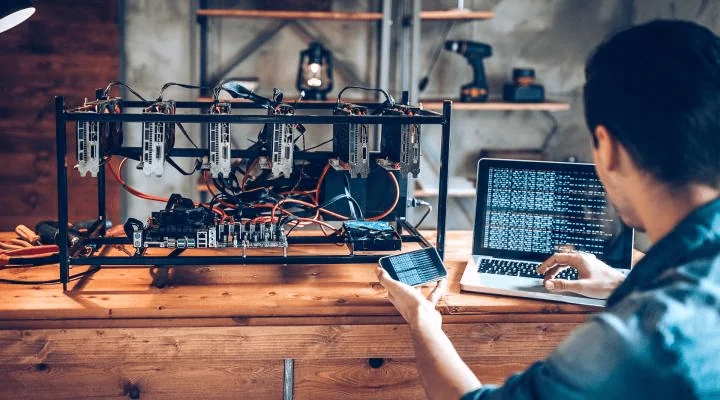
Here are the basics you need to get started mining Bitcoin.
- Wallet: This is where the Bitcoin you earn from your mining efforts will be stored. A wallet is an encrypted online account that allows you to store, transfer, and receive Bitcoin or other cryptocurrencies. Companies like Coinbase, Trezor, and Exodus offer wallet options for cryptocurrencies.
- Mining Software: There are several mining software providers, many of which are free to download and can run on both Windows and Mac computers. Once the software is connected to the necessary hardware, you can mine Bitcoin.
- Computer Equipment: The most expensive aspect of Bitcoin mining is the hardware. You need a powerful computer that uses a huge amount of electricity to successfully mine Bitcoin. It is not uncommon for hardware costs to be around $10,000 or more.
Is Bitcoin Mining Profitable?
Bitcoin mining remains viable if you have a sufficient system, join a mining pool, and can cover your fixed expenses in a fair amount of time. However, any expectations for digital riches should be tempered with caution. There are many people and wealthy organizations involved in the activity, making it difficult for everyone but a few to reap the mythical benefits that mining Bitcoin once promised.
However, this does not mean that you cannot make money mining Bitcoin; it simply will not be as profitable as it once was. Joining a pool and connecting a good home mining rig could earn you a few hundred dollars per month (if you’re lucky) before you include in your expenses.
Bitcoin Mining Calculator, Bitcoin Profit Calculator

Calculating Bitcoin mining profitability helps you evaluate mining rewards and fees. This can be done with the help of the Bitcoin Mining calculator, which requires users to fill in details including Bitcoin mining hash rate, power consumption in Watts, electricity cost in $/kWh, and maintenance costs. The hash rate value is adjusted and the appropriate mining hardware is selected from the list of ASIC Bitcoin miners.
Bitcoin profitability calculators use strategies to provide reliable and accurate information about Bitcoin profitability. This information is important to miners because they make decisions about Bitcoin mining based on this information. Miners continue the mining process only if they make high profits and the cost of electricity consumption is low.
Types of Bitcoin Mining
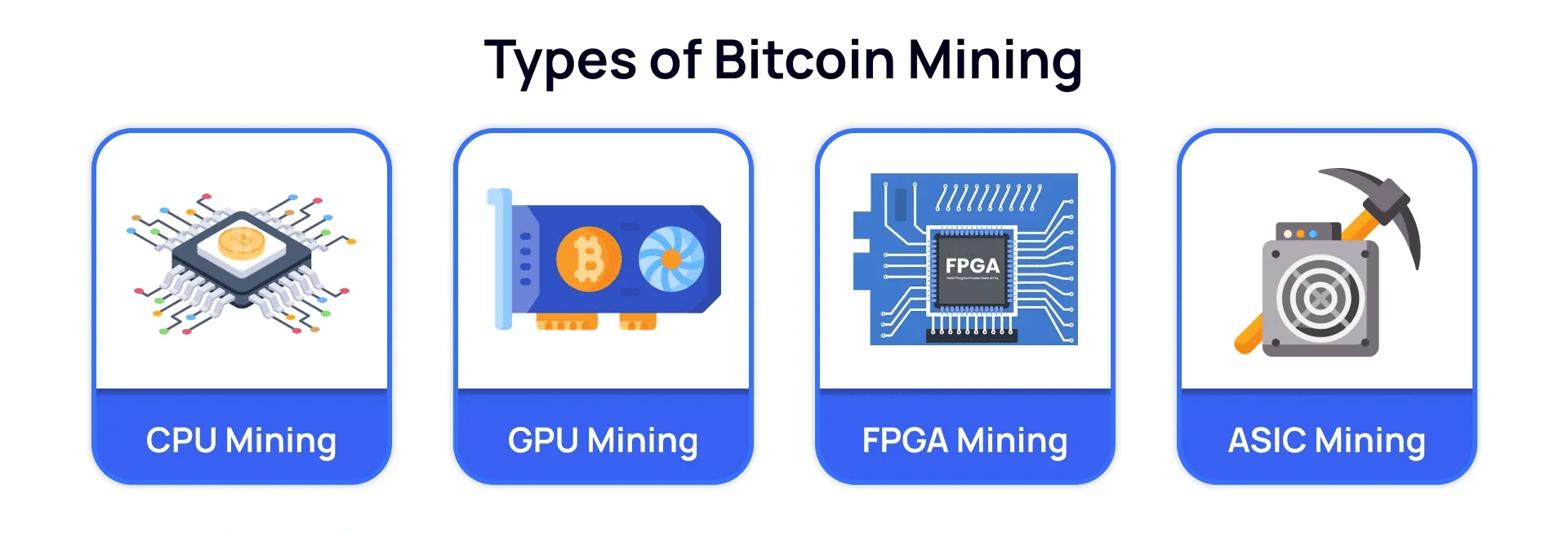
Bitcoin mining comes in a variety of forms, such as pool mining, GPU mining, and ASIC mining.
Mining using ASIC:
- mines Bitcoin using specialized computers and algorithms.
- The purpose of ASIC miners is to mine Bitcoin.
GPU mining:
- Makes use of graphics cards, sometimes referred to as sophisticated graphics processing units (GPUs).
Mining pools:
- Involves pooling resources and processing capacity to improve the likelihood of discovering blocks.
CPU mining
- utilizes the central processing unit (CPU) of a computer.
- In the beginning, this was the easiest method to mine Bitcoin, however, it is no longer advised.
Additional forms of cryptocurrency mining:
- FPGA mining: Compared to GPUs, FPGA mining uses hardware that is up to five times more energy efficient.
- Solo mining: is the process of processing cryptocurrency on one’s own.
Mining process:
Blockchain miners use proof of work, a mathematical challenge, to validate transactions.
Steps To Mine Bitcoins
- Install mining equipment. A very powerful computer system is needed for Bitcoins. …
- Make a wallet for Bitcoin. Making a Bitcoin wallet is required to validate a Bitcoin block successfully.
- Set up your apparatus…
- Begin mining by joining a mining pool.
For Pool Mining Setup
You should install mining software after installing and upgrading your hardware, but before configuring mining details. For pool mining, download and install software like CGMiner, BFGMiner, or EasyMiner on your computer or directly on the miner (if available).
Enter mining pool details:
- – Pool URL: Provided by the mining pool (e.g. F2Pool, Antpool).
- – Worker ID: Unique identifier within the pool.
- – Bitcoin wallet address: This is where mining rewards will be sent.
For Solo Mining Setup
For solo mining, you need to install Bitcoin Core (full node). Then: Make sure Bitcoin Core (full node) is running: Sync Bitcoin Core full nodes with the entire blockchain. This process may take some time if you haven’t done it already.
Enter the full node connection details:
- Full node IP address and port: This allows miners to communicate directly with your node.
- Bitcoin wallet address: You will receive a full block reward if successful.
Cooling and ventilation
- ASIC miners generate a significant amount of heat, so proper cooling is essential. Place the miner in a well-ventilated area or consider using additional cooling equipment—for example, an external fan or an industrial cooling system—to prevent overheating and maximize performance.
Solo Mining Vs. Pool Mining
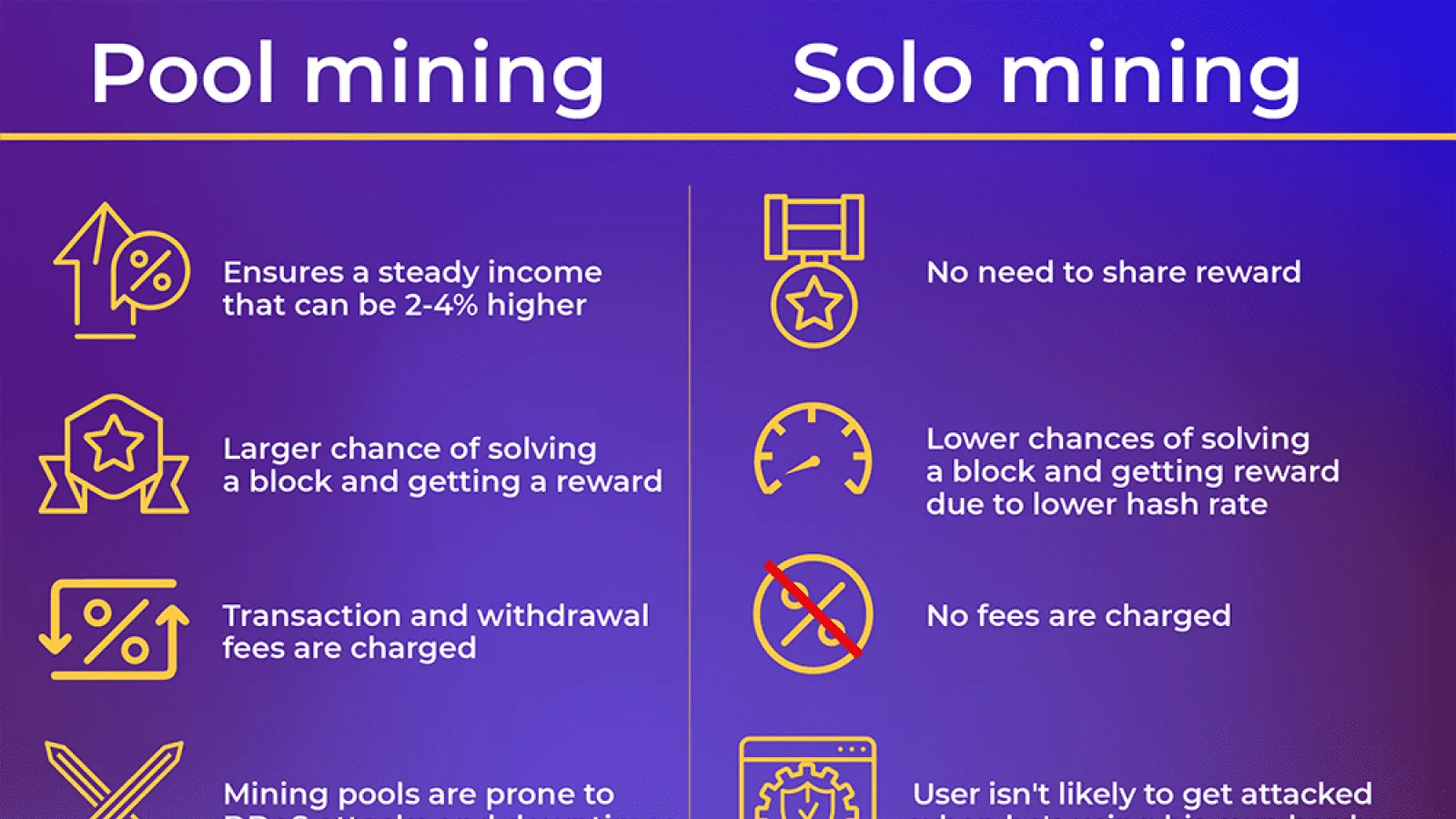
Future Trends in Bitcoin Mining
- While saying “I mine Bitcoin” certainly sounds good and can get attention at the bar, it’s a very competitive industry.
- Estimates show that large, established mining operations, operating at maximum technical efficiency, enjoy substantial profit margins, while smaller mining companies generally face tighter margins and higher risk.
- The market has the characteristics of oligopolistic competition, where economies of scale play an important role in profitability. Some mining companies have begun to explore strategies such as keeping Bitcoin mined to weather periods of reduced profitability. As a result, when the market goes down, smaller mining companies are often the first to lose control.
- However, there may still be hope for those who are nimble and adapt quickly. Recent innovations have created more efficient ASICs that offer higher hash rates and better energy efficiency. For example, the introduction of 3-nanometer ASIC chips has the potential to optimize mining operations by reducing power consumption and hardware redundancy.
- At the same time, the regulatory environment around Bitcoin mining is becoming increasingly complex. Governments around the world implement policies that greatly affect mining operations.
- For example, in 2023, the Russian government regulated and legalized cryptocurrency mining, creating a more structured framework for miners.
- Regulators can also push for fair practice regulation, greater competition, and greater decentralization — all positive developments for smaller miners.
Finally, if you’re thinking about getting into the world of Bitcoin mining, there’s more to it than just profit. It can also act as a gateway to educate yourself and understand the broader ecosystem of cryptocurrencies, distributed networks, and decentralized finance. And remember, don’t rush everything. There is a very real possibility that a Redditor could use a quantum computer, run Grover’s algorithm, and carry out a 51% attack. Although something like this is unlikely to happen in the next few years.
Risks and Limitations
When you listen to someone explain Bitcoin mining, you might think that all you have to do is solve a few puzzles and you’ll make some easy money. But remember, if something seems too good to be true, it probably is. Bitcoin has limitations and risks, such as:
- can leave security vulnerabilities that hackers can exploit
- There is no guarantee of success; You may end up investing a lot of money on necessary equipment with no ROI (Return on Investment).
- It is responsible for increasing utility and computational costs.
- Because Bitcoin and other cryptocurrencies are volatile, even if you manage to mine a respectable amount of cryptocurrency, you’ll still be underwater if its value suddenly drops.
- Cryptocurrency is decentralized, so there is no government regulation. Thus, there is no legal protection.
- Bitcoin transactions are irreversible. If you send the wrong amount or give the right amount to the wrong person, well, your options for making things right are limited.
- And finally, despite the buzz generated by cryptocurrencies, at the end of the day, cryptocurrencies are not widely accepted.
Tips for Successful Bitcoin Mining
- Select low-electricity areas and hardware that uses less energy.
- Install a cooling system that works well.
- Keep a close eye on all costs and think about joining a reputable mining pool.
- Keep abreast of market trends and technical developments.
- If you can, diversify your mining holdings.
- To reduce the risk of volatility, think about hedging techniques.
Conclusion
Bitcoin mining requires significant investment, technical knowledge, and ongoing management. Success depends on efficient operations, cost management, and adaptability. Despite the challenges, mining remains essential for network security and decentralization. Thorough research and careful decision-making are essential before entering this competitive field. All information about how to mine Bitcoin has been provided in this article.
FAQs
Q.1: What is Bitcoin Mining?
- Ans: Bitcoin mining is the process of validating transactions and adding new blocks to the Bitcoin blockchain using computing power. Miners solve complicated mathematical puzzles to secure the network and are rewarded with newly minted bitcoins.
Q.2: How much can I earn from Bitcoin mining?
- Ans: Bitcoin mining profits are heavily based on hardware efficiency, electricity costs, and the market price of Bitcoin. As of 2024, with an efficient setup, miners can earn anywhere from a few dollars to hundreds per day, but profits can change quickly. For an accurate estimate tailored to your specific situation, consider using one of the many Bitcoin mining profitability calculators available online.
Q.3: Is Bitcoin mining legal?
- Ans: Bitcoin mining is legal in most countries, including the United States. However, regulations vary by jurisdiction, with some countries restricting or banning mining activities. Always check local laws before commencing mining operations.
Q.4: What are the risks associated with Bitcoin mining?
- Ans: Major risks include market volatility that impacts profitability, high initial investment costs, potential hardware failures, increased mining difficulties, and regulatory changes. Energy costs and environmental concerns also pose significant challenges to long-term sustainability.
Q.5: Can I mine Bitcoin alone?
- Ans: While it is possible, solo mining is very difficult due to the high difficulty of the network. Most individual miners join mining pools to increase their chances of earning rewards. Cloud mining offers an alternative, but it comes with its own risks and lower potential returns.
Q.6: Why should Bitcoin be mined?
- Ans: Bitcoin is at risk of being copied, counterfeited, or double-spent for the same coin more than once. Process mining reduces these risks by making them expensive and resource-intensive.
Q.7: How does mining confirm transactions?
- Ans: Mining transactions are digitally validated on the Bitcoin network being used and added to the blockchain ledger. It does this by solving complicated cryptographic hashing puzzles to verify an updated block of transactions on a decentralized blockchain ledger.
Q.8: Why does mining consume so much electricity?
- Ans: Bitcoin’s decentralized structure creates a huge carbon footprint. Computers are needed to solve more complex mathematical problems, which consume more electricity than people realize.
Q.9: Is Bitcoin Mining Legal?
- Ans: According to TheStreet, which released a November 2021 report from the Law Library of Congress, bitcoin mining is banned in several countries, including Bangladesh, China, Egypt, Iraq, Morocco, Nepal, Qatar, and others. However, it is legal in the US and most states, but not all US states.
Q.10: Does Cryptocurrency Mining Damage Your GPU/Computer?
- Ans: It is not necessary. Most GPUs rely on additional fans to prevent degradation over long periods. Therefore, cryptocurrency mining will not harm the GPU/computer until it is cleaned to prevent damage.
